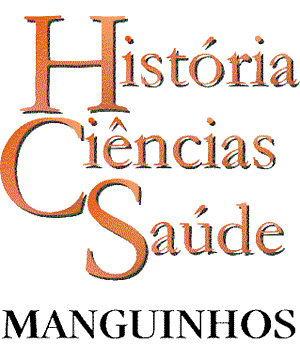Resumo em Português:
O encontro de parasitos em material arqueológico tem permitido o acompanhamento da dispersão de agentes infecciosos e seus hospedeiros humanos no passado. Através desses achados, pôde-se retomar teorias propostas no início do século sobre contatos transpacíficos de populações asiáticas com a América do Sul. Assim foi feito, por exemplo, no caso do encontro de ovos de ancilostomídeos em material arqueológico datado de até sete mil anos antes do presente. O aumento da produção científica na área torna necessária, agora, a realização de trabalhos de síntese que avaliem o estado da arte e proponham modelos paleoepidemiológicos compreensíveis para a dispersão pré-histórica das parasitoses humanas. Nesse sentido, foi feito o presente trabalho, a partir dos recentes achados de ovos de Enterobius vermicularis em material arqueológico nas Américas. Diferentemente da infecção por ancilostomídeos, a oxiuríase não necessita de passagem pelo solo para a transmissão de um hospedeiro a outro, logo, sua persistência em uma dada população humana independe das condições climáticas. Poderia, portanto, ter sido trazida do velho para o novo continente, inclusive pelas migrações humanas que atravessaram o estreito de Bering. Tal fato pode explicar a maior dispersão geográfica dos achados e sua disseminação na América do Norte, desde dez mil anos até os tempos atuais. Na América do Sul, por outro lado, os achados arqueológicos só confirmaram sua existência ao longo da região andina, com achados no Chile e no Norte da Argentina. No Brasil, apesar do grande número de amostras examinadas, não foram encontrados ovos de Enterobius vermicularis em coprólitos. No presente trabalho, discutem-se modelos explicativos para a distribuição conhecida dessa parasitose em populações pré-históricas.
Resumo em Inglês:
Parasite findings in archeological material have made it possible to trace the dispersion of infectious agents and their human hosts in ancient times. These findings allow us to re-examine theories proposed at the beginning of the century concerning transpacific contacts that Asian populations may have had with South America. This has been the case, for example, with hookworm eggs found in archeological material dating up to 7,000 years before present. Because of the increase in scientific production in this area, it has now become necessary to undertake syntheses that assess the state of the art and propose workable paleoepidemological models of the prehistoric dispersion of human parasitoses. Based on findings of Enterobius vermicularis eggs in archeological material in the Americas, the present study is an effort in this direction. Unlike the hookworm, the pinworm does not require a soil cycle in order to be transmitted from one host to another, thereby meaning that its persistence in a given human population does not depend on climatic conditions. Thus, it could have been brought from the old to the new continent, possibly by human migrations across the Bering Strait. This may explain the greater geographical dispersion and dissemination of these findings in North America from 10,000 yrs B.P. till today. In South America, on the other hand, archeological findings have only confirmed existence of Enterobius vermicularis eggs within the Andean region, with findings located specifically in Chile and northern Argentina. Although a large number of samples have been examined, no such eggs have been found in coprolites in Brazil. The paper discusses models that account for the known distribution of this parasitosis in prehistoric populations.
